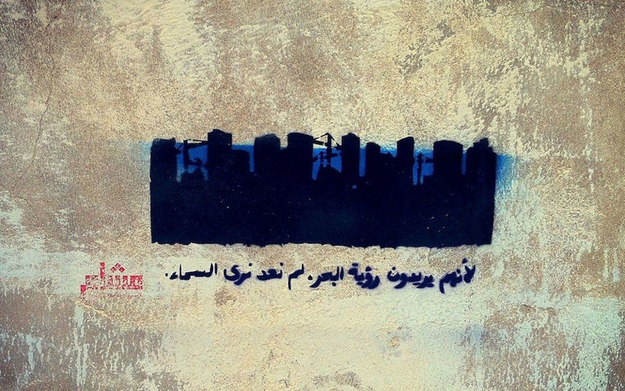Caricatures are deeply embedded in the local intricacies of a political moment and its parlance, allegories, and figures of speech. They are ephemeral because they become practically undecipherable once that moment has lapsed and its speech forms fallen in obsolescence. Sometimes, the sort of “translation” necessary for explaining a ten, fifteen, twenty, or even older, caricature is not only linguistic and cultural, but also historical, and is contingent upon the context of the event or action that the drawing is commenting on.
Caricature is also a meta-language intended for subversive/provocative social and political commentary. The postwar era witnessed a new phenomenon: graphic artists who were either students or fresh graduates claimed the city’s walls to inscribe subversive and provocative social and political commentary, using drawings and keywords in addition to a number of different techniques. This first generation of “tags” was conceived to denigrate the appearance of a wall and neighborhood, and to offend taste and manners. The walls became tightly policed, the “taggers” becoming at risk of being jailed or assaulted by police, and their “tags” systematically painted over. Over time, “tagging” became graffiti that was sponsored by advertising agencies and banks, and was tamed to become asinine “public health” or “social wellbeing” admonishing.
This discussion is programmed in parallel with the exhibition Pierre Sadek: Picturing History.
